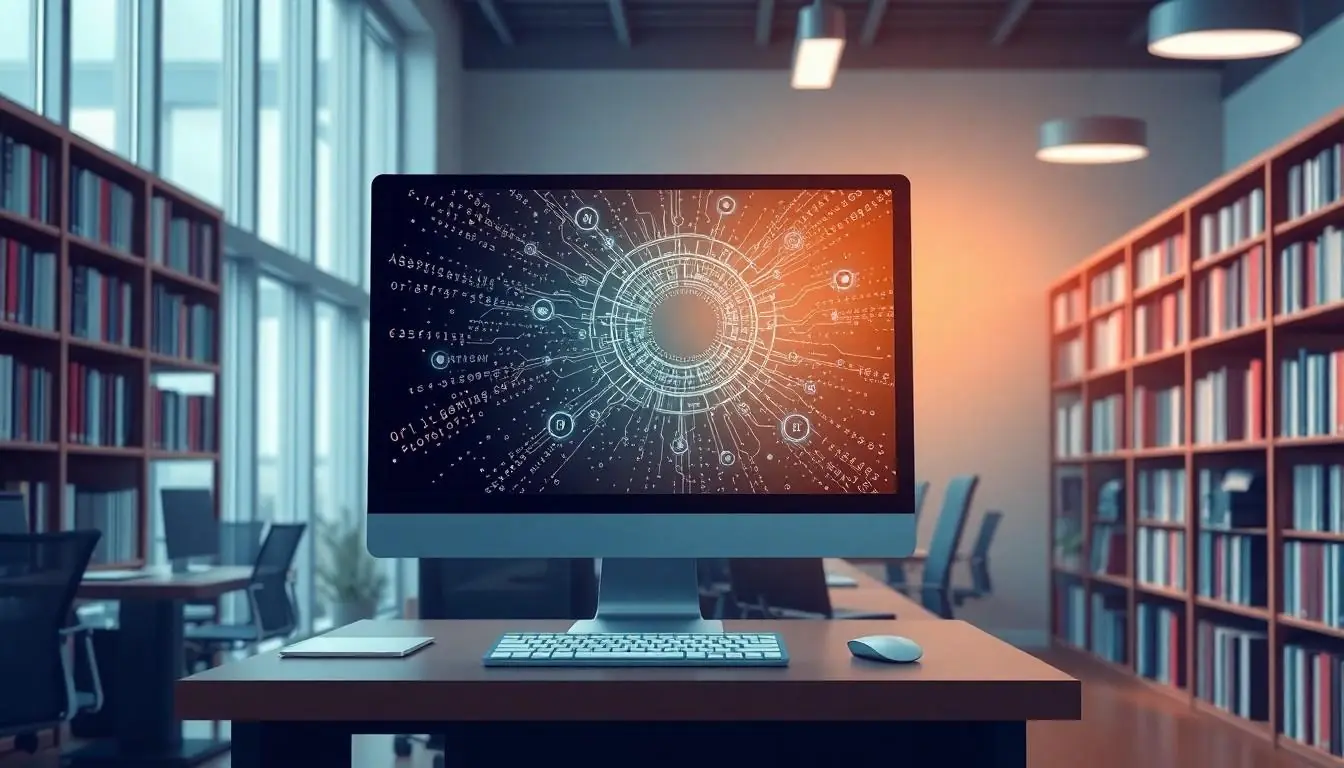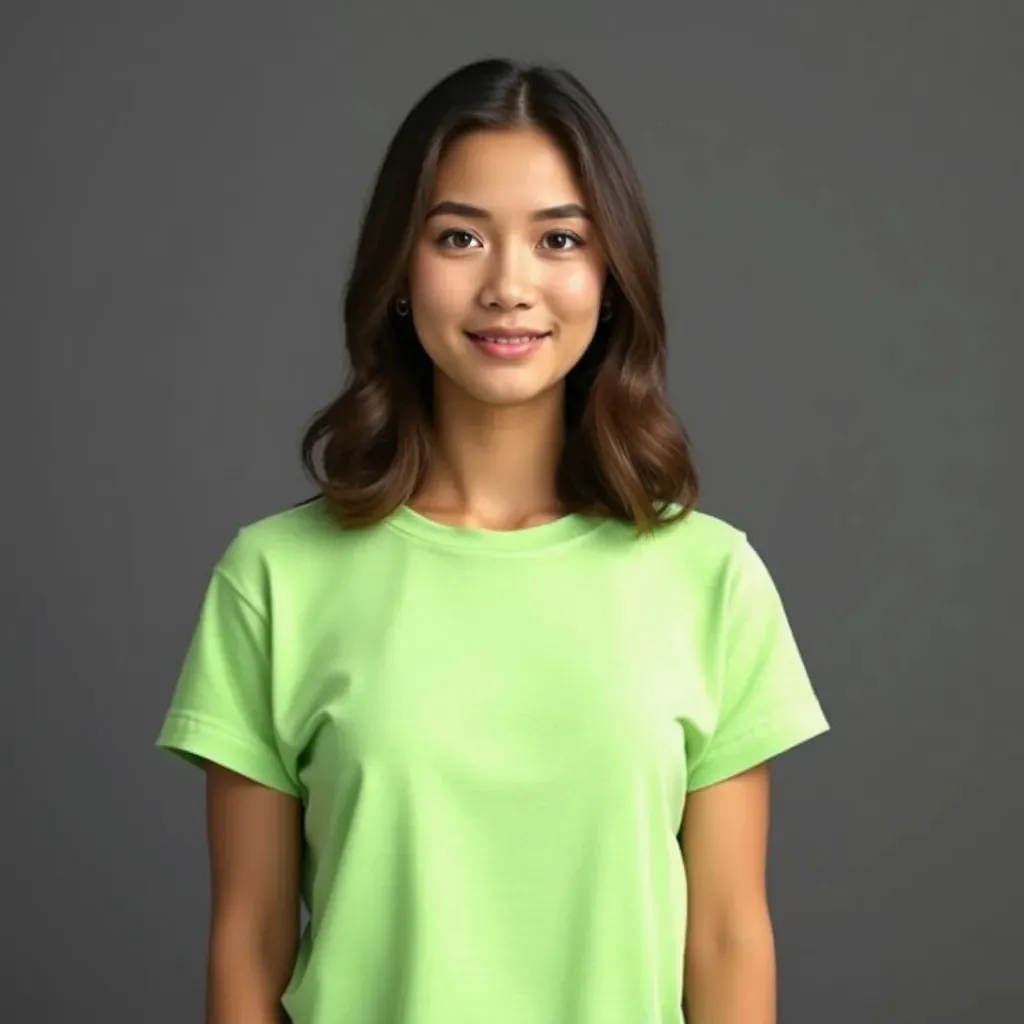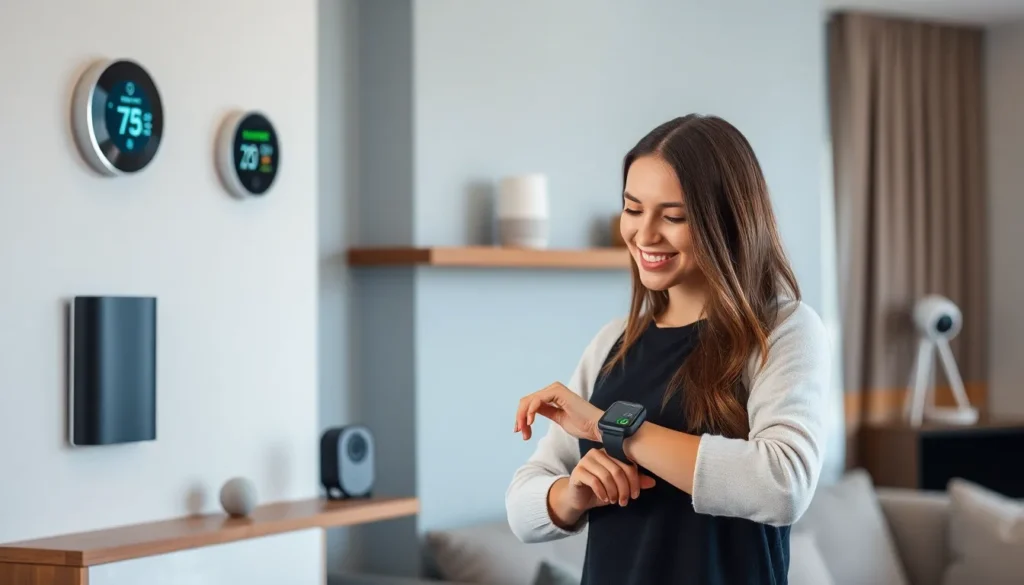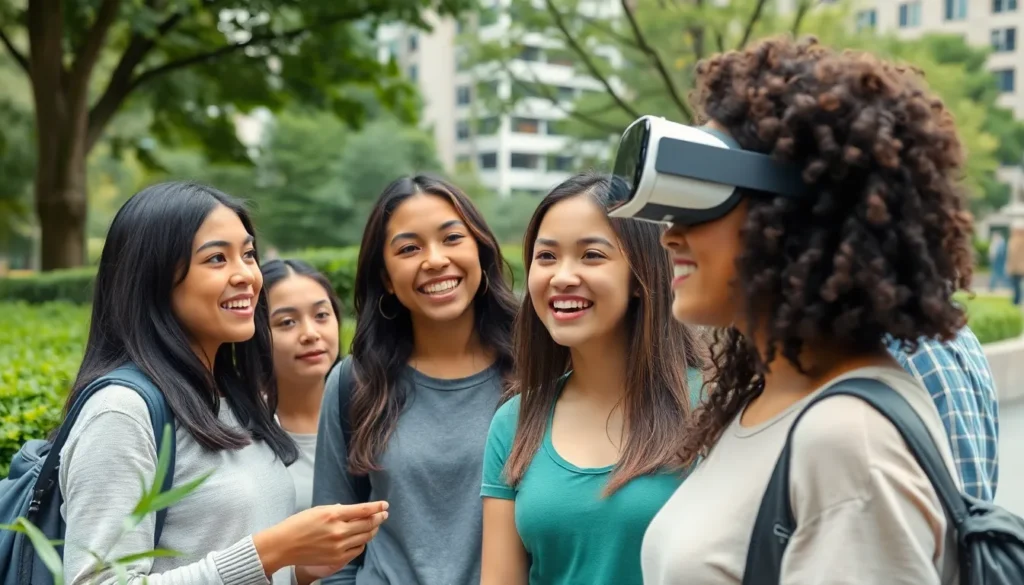In a world where AI can draft novels and compose symphonies, it’s only natural to wonder why ChatGPT can’t whip up a masterpiece of visual art. After all, if it can conjure words that dance off the page, why can’t it sprinkle some pixels on a canvas? The truth might just surprise you.
Table of Contents
ToggleUnderstanding ChatGPT
ChatGPT specializes in generating human-like text based on input data. This language model relies on a vast dataset composed of diverse text types. The focus remains on understanding and producing language rather than images. Recognizing this limitation clarifies why it doesn’t create visual content.
Visual creation requires different processing techniques than text generation. Generating images involves intricate patterns and pixel arrays, requiring specialized models tailored for such tasks. In contrast, ChatGPT utilizes natural language processing (NLP) algorithms optimized for understanding context and semantics.
The architecture of ChatGPT centers on training with large volumes of text data. Deep learning models, like those employed in ChatGPT, excel in recognizing and predicting language patterns but lack the framework necessary for visual representation. Notably, AI models designed for image creation, such as DALL-E, focus on entirely different elements.
Confusion arises when users expect a single AI solution to perform multiple tasks. Each AI model serves specific functions, and overlapping abilities aren’t standard. Therefore, while ChatGPT demonstrates remarkable prowess in text generation, its design prevents it from venturing into the realm of visual content creation.
Ultimately, users must acknowledge distinct pathways for text and image generation within AI technologies. The varied demands of each mode of creation dictate the development and focus of respective models. Awareness of these differences enhances understanding and sets realistic expectations for AI capabilities.
The Nature of ChatGPT

ChatGPT focuses exclusively on generating text. This text-based approach creates distinct boundaries for its capabilities.
Text-Based Model
ChatGPT operates as a text-based model, designed to process and produce written language. Natural language processing techniques allow it to understand context and semantics effectively. The model relies on extensive datasets composed of various written materials, including articles, conversations, and books. Each text it generates stems from patterns learned during training. While this specialization facilitates coherent and contextually relevant text output, it limits ability in other areas. Generating visual content demands a unique set of skills beyond its text generation capabilities. Thus, confusion around its limitations often stems from comparing it to models built for different tasks.
Limitations in Processing Visual Data
Processing visual data involves distinct techniques and algorithms not incorporated in ChatGPT. Unlike image-generating models, ChatGPT lacks the necessary architecture for interpreting and creating images. Each type of data requires specialized handling to achieve desired results. Image generation necessitates understanding pixels, colors, and visual composition, aspects ChatGPT does not address. Consequently, this model cannot analyze images or create visual representations. Users frequently expect single AI solutions to manage multiple tasks effectively, but each AI type serves its purpose best. Recognizing this distinction clarifies the inherent limitations of ChatGPT compared to visual-processing AI solutions.
The Role of Image Generation Models
Image generation models serve specific purposes in the realm of artificial intelligence. Understanding these distinctions clarifies why ChatGPT cannot create images.
Comparison with DALL-E
DALL-E represents a significant advancement in generating visual content. This model utilizes training data composed of images and their corresponding textual descriptions. It understands the relationship between images and language, enabling it to create visually articulate representations based on given prompts. Unlike ChatGPT, DALL-E employs a different approach to processing, making it adept at synthesizing visual elements. Each model serves its intended function, explaining why ChatGPT excels in text generation but does not generate images.
Specialized Architecture for Images
The architecture of image generation models differs fundamentally from that of text-based models. Image models rely on convolutional neural networks (CNNs) to process and create visual data. These networks capture intricate details, such as colors, textures, and shapes. Training on vast datasets containing diverse images allows these models to comprehend visual contexts effectively. While ChatGPT focuses on language patterns, image generation models emphasize visual comprehension. By understanding these specialized architectures, it becomes evident how different algorithms cater to distinct types of content generation.
Technical Constraints
ChatGPT faces several technical limitations that prevent it from generating images. Understanding these constraints aids in appreciating the differences between text and visual AI models.
Data Training Requirements
Training data plays a crucial role in defining the capabilities of an AI model. ChatGPT relies on vast datasets composed exclusively of text, which allows it to excel in generating human-like written responses. Image generation models, on the other hand, require datasets containing images and accompanying textual descriptions. DALL-E, for instance, learns from visual data and the relationships between images and words. This difference underscores the need for distinct training data tailored to each AI’s purpose.
Computational Resources
The computational demands for generating images differ significantly from those for text. Generating images typically requires advanced processing power and memory resources. Image generation models leverage convolutional neural networks to capture intricate visual details, and such operations are resource-intensive. ChatGPT, optimized for textual data, operates on lighter computational requirements primarily focusing on language processing. This divergence highlights the necessity for dedicated resources for effective image creation, reinforcing that one model cannot seamlessly replace the other.
Implications of ChatGPT’s Limitations
ChatGPT’s inability to generate images has significant implications for users expecting a single AI solution for multiple tasks. Expecting this model to create visual content may lead to misunderstandings regarding its capabilities. Text generation relies on natural language processing, while image creation involves entirely different techniques and specialized training.
Users might find themselves disappointed when realizing that ChatGPT operates solely within the realm of text. Distinct boundaries arise due to its architecture, which focuses exclusively on large datasets of written material. When shifting between text and images, those boundaries become apparent.
Image generation models, like DALL-E, demonstrate the specialized approaches AI adopts for different tasks. DALL-E’s methodology involves processing images alongside their textual descriptions, allowing it to understand visual contexts. This strategic design emphasizes why ChatGPT cannot fulfill the same role.
Understanding the various architectures between text and image models provides deeper insights into AI capabilities. Convolutional neural networks, used in image generation, differ from the algorithms employed by ChatGPT. These networks capture intricate details essential for visual representation.
Training data plays a critical role in these limitations. While ChatGPT thrives on text-only datasets, image models require robust datasets incorporating both images and their descriptions. This difference further solidifies the specific requirements each model needs for effective operation.
Procuring the necessary computational resources adds another layer to these implications. Image generation models demand enhanced processing power due to their complex operations. This necessity reinforces the idea that distinct models cater to particular functions, ensuring optimal performance within their designated tasks.
ChatGPT’s design focuses exclusively on text generation, leaving visual creation to specialized models. By understanding the distinct architectures and training data requirements, users can appreciate the strengths and limitations of each AI type. While ChatGPT excels in generating coherent and contextually relevant text, it lacks the necessary framework for image processing. This specialization ensures that each model performs optimally within its designated tasks. Recognizing these differences helps set realistic expectations regarding AI capabilities, ultimately enhancing the user experience across various applications.









